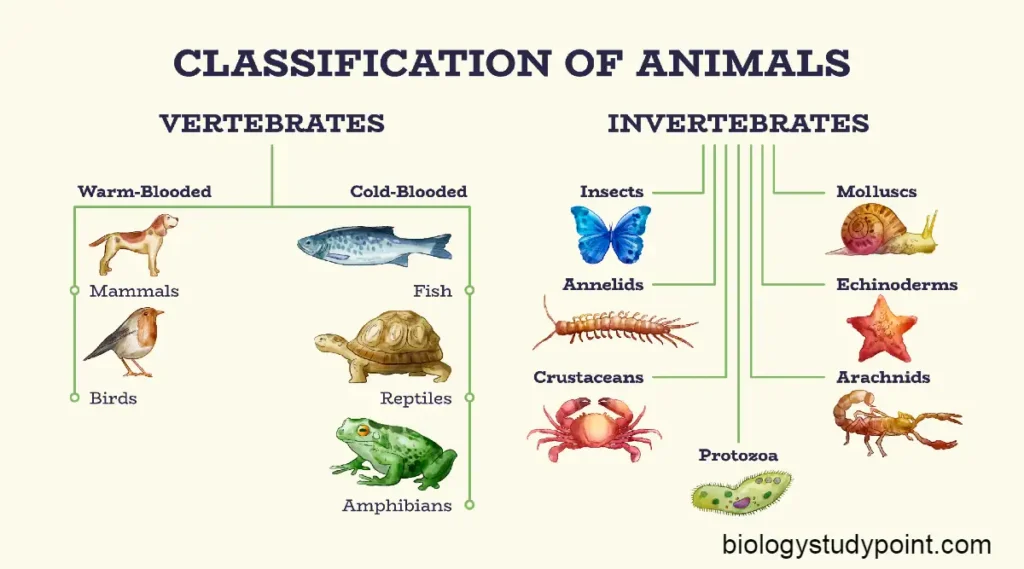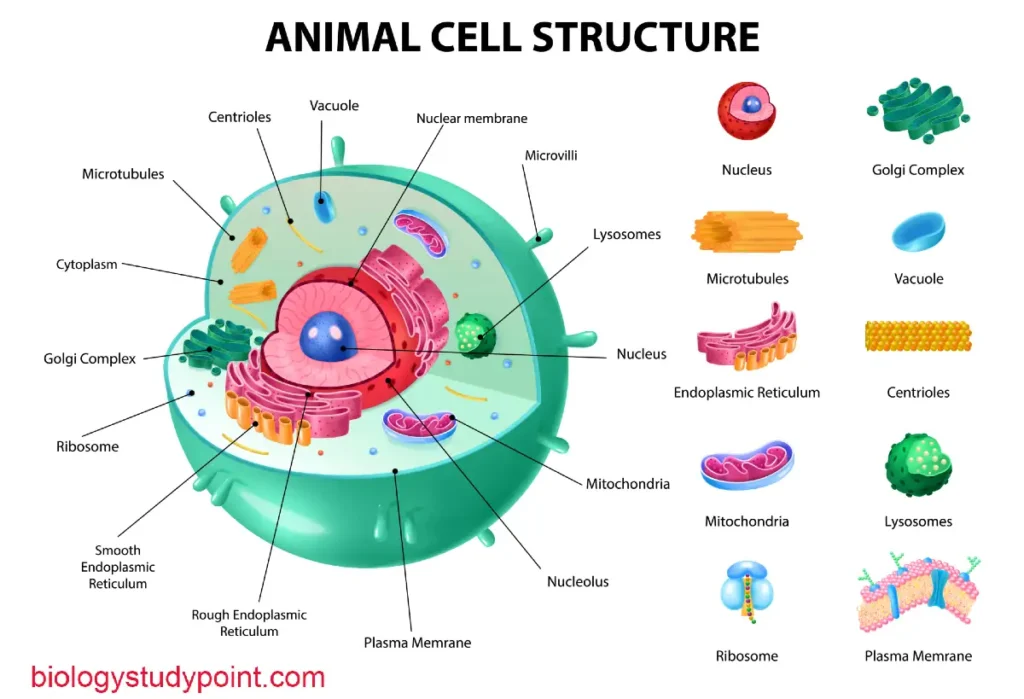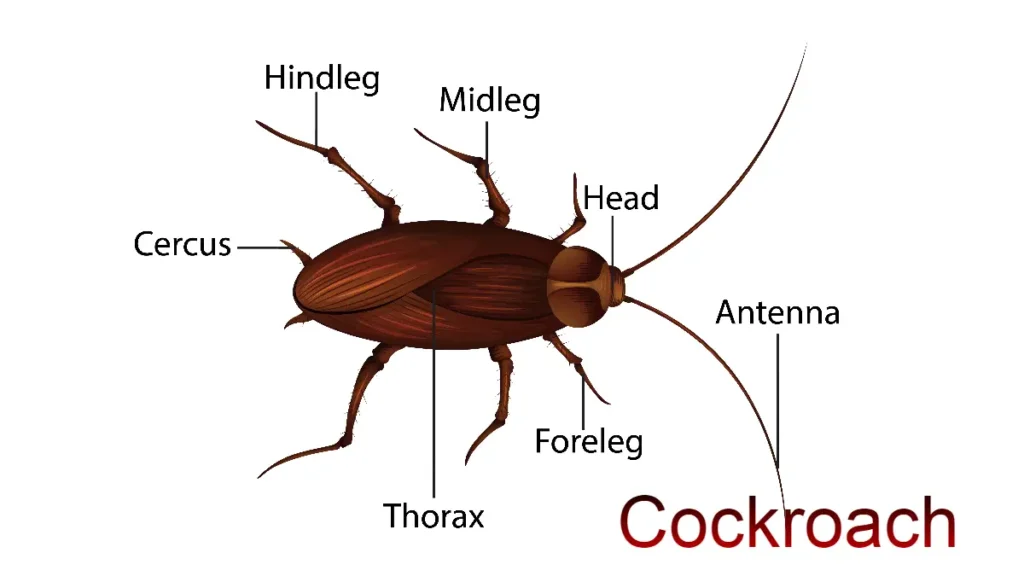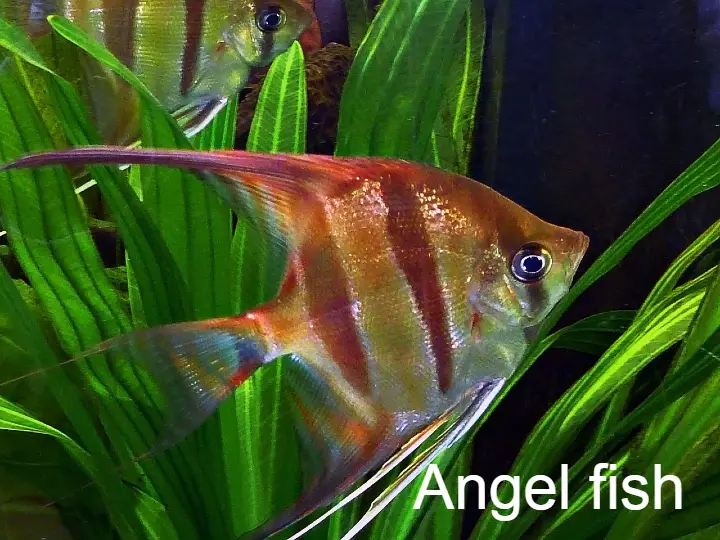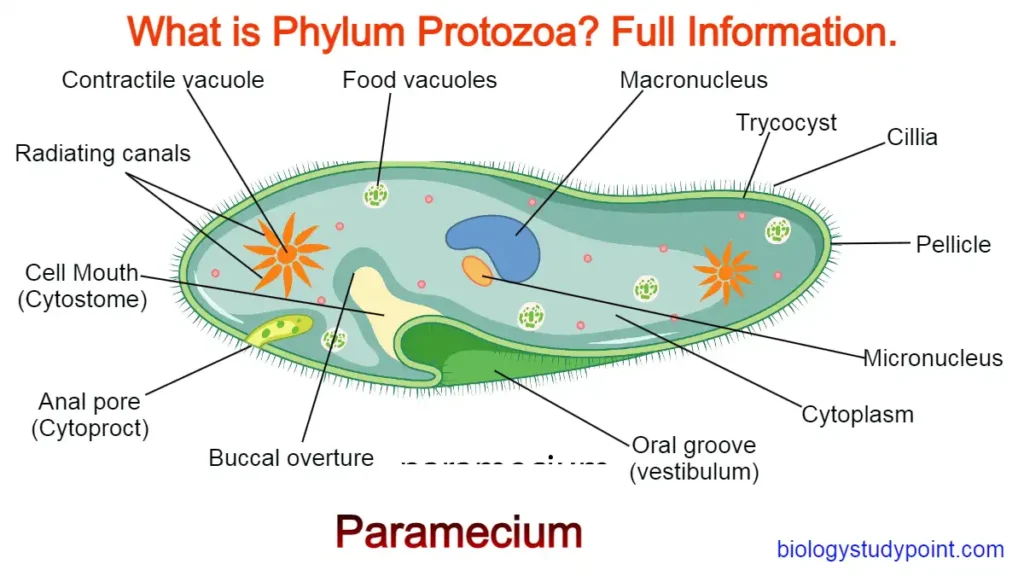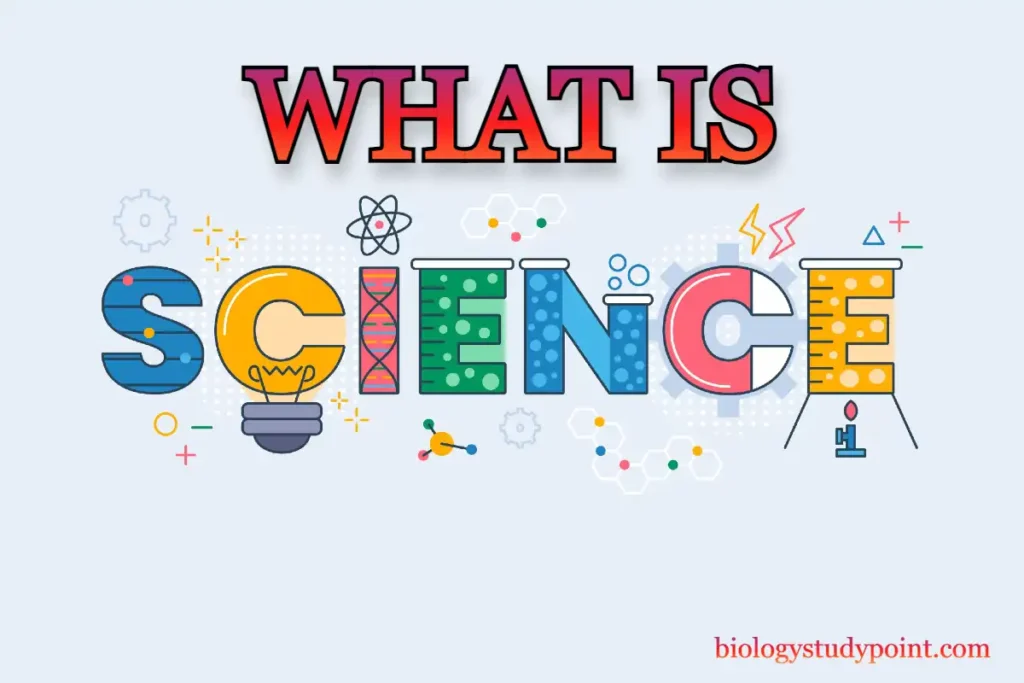Hello friends, today we will know completely about Phylum Porifera. In this, you will also learn about its characteristics and classification. If you want to know about Phylum Porifera in Hindi, this article is for you, so let’s start.
What is the Phylum Porifera?
The term phylum Porifera is derived from Latin. Porifera is derived from the Latin word Poros, which means pore. There are many pores on the body of the animal of this association, they are commonly called sponges.
Characteristics of Phylum Porifera –
- The body of multicellular organisms is made up of cellular grade.
- All aquatic animals are found only in marine water. But some animals are also found in freshwater.
- They have a fixed form, like a plant with a changeable body.
- These are solitary or colonial animals.
- Their body is either asymmetric or radially symmetric.
- There are many pores on the surface of their body, which are for the flow of water in and out, and this ostia acts as an inward flow for water. Water passes through the ostia and reaches the chamber. Then, it reaches the central cavity from the chamber and is finally expelled through the osculum, the last opening of the body.
- Along with their body wall, there is pinacoderm (dermal epithelium) from the outside, choanoderm (gastral epithelium) from the inside, and in between, there is a thin acellular mesenchyma.
- They do not have definite organs for food and digestion. In these, digestion is intracellular.
- In these, the body of water brings food organisms and oxygen into the body and carries away the products of excretion and reproduction.
- In these, the cells are loose or loosely arranged, and they are not in the form of a fixed layer. Hence, they are not true diploblastic.
- Choanocytes are mainly specialized lined cells. Choanocytes are present only in sponges.
- These do not contain sensory and nerve cells. However, each cell is stimulated directly and transmits sensations to other cells.
- All sponges are hermaphroditic, but cross-fertilization is the rule.
- In these, asexual reproduction takes place through buds or gemmules.
- In these, sexual reproduction takes place through eggs and sperm.
- Sponges have the great power of regeneration.
- Development into a free-swimming ciliate larva occurs indirectly through the amphiblastula or parenchyma.
Classification of phylum Porifera –
The three classes of phylum Porifera include more than 5000 species of sponge groups. Recently, scientist Bergquist 1978 divided sponges into three classes based on their nature and skeletal characteristics, which are as follows.

Classes –
- Calcarea or Calciospongiae
- Hexactinellida or Hyalospongiae
- Demospongiae
Class 1. Calcarea or Calciospongiae
- Calcareous sponges are small in size, and their height is less than 10cm.
- They are solitary or colonial.
- Their body is cylindrical or pitcher-shaped.
- Their skeleton is made of calcareous spicules, which are made of one, three, or four rayed.
- Their body organization can be of asconoid, syconoid, or lenconoid type.
- All of these are found in seawater.
- Class Calcarea is divided into two orders.
ORDER 1. Homocoela
- Asconoid sponges have a body that is radially symmetric and cylindrical.
- Their body wall is thin and unfolded; the sponges are lined with choanocytes.
- These are usually colonial.
- Example – Leucosolenia, Clathrina
ORDER 2. Heterocoela
- These sponges’ bodies are syconoid and leuconoid, and they have thin walls and pitcher shapes.
- Choanocytes may have radial channels or may have only flagellated chambers.
- They are solitary or colonial.
- Example – Schypha (Sycon), Garantia.
Class 2. Hexactinellida or Hyalospongiae
- Generally, these are known as glass sponges.
- These sponges are of medium size, and some sponges reach up to 1 meter in length.
- Their skeleton is made of spicules containing Triaxon (six-rayed) silica.
- Their body is cylindrical, funnel-shaped, or cup-shaped.
- These do not have dermal epithelium.
- Their tubular system is complex, and their body organization is of syconoid type.
- Choanocytes are confined to finger-shaped cells or chambers.
- All are marine. Most are found in the deep sea. This class is divided into two orders.
ORDER 1. Hexasterophora
- Their spicules are star-shaped (six-rayed). That’s why they are called hexasters.
- Amphidiscs are absent.
- Flagellated cells are regularly and radially arranged.
- Mainly, it is directly connected to the base or foundation.
- Examples – Euplectella (Venus’s flower basket), Farnera, Staurocalyptus.
ORDER 2. Amphidiscophora
- Amphidisc has a convex disc with posteriorly directed edge teeth at both ends, Hexasters are absent in both.
- It is connected to the base through the length of the roots.
- Examples – Hylonema (glass-rope sponge) and Pheronema (bowl sponge).
Class 3. Demospongiae
- These sponges range in size from small to large and are solitary or colonial.
- Their body is like a cup or vase or well-shaped.
- Their skeleton is made of silica-rich spines or spongin fibers or both.
- The spines are either monaxon or tetraxon, but never triaxon. These are differentiated into microscleres (smaller size) and macroscleres or megascleres (larger size).
- Their umbilical cord system is of leuconoid type. Choanocytes are restricted to small spherical chambers.
- All are marine, but sponges of one family live in clean water, named Spongillidae.
- Class Demospongiae is divided into three subclasses.
Subclass (1) Tetractinellida
- The spine is silica-rich and made of tetraxon (four rayed), or is absent.
- There are no spongin fibers in them.
- They are mainly found in shallow water.
- It has been included in three orders.
ORDER 1. Myxospogida
- Both spines and spongin fibers are absent in it.
- Their structure is simple.
- Example – Oscarella, Halisarca.
ORDER 2. Carnosa or Microsclerophora
- In these, the micro and megascleres are unclear.
- All spines are monaxons, tetraxons are absent.
- Example – Chondrilla and Plank.
ORDER 3. Choristida
- Both micro and megascleres are present in it. Along the long axial, there is tetraxon.
- Example – Thea, Geodia.
Subclass (2) Monaxonida
- The spine is silica-rich and of monaxon type.
- Sponginous filaments may be present or absent.
- They are mainly found in shallow water, but some live in deep sea or clean water.
ORDER 1. Hadromarina
- There are no spongin fibers in them.
- There is a knot at both ends of the megascleres; this is called Tylostyles.
- Microscleres when present. It is in the shape of a star.
- Examples – Cliona (boring sponge that bores in the molluscan shell), Pterion, and Donatia.
Order 2 : Halichondrina
- Spongin fibers are very small.
- There are many types of megascleres. These are mainly 2-rayed.
- Microscleres are largely absent.
- Example – Halichondria (crumb of bread sponge)
ORDER 3. Poecilosclerina
- These have large thorns or megascleres of many types. And are organized along with spongin fibers. And is in the form of a regular mesh.
- Microscleres (small spines) are C-shaped, bent, or bow-shaped.
- Example – Microciona, Myxitta.
ORDER 4. Haplosclerina
- There is only one type of megasclere. They have only 2-rayed.
- Microscleres may be present or absent.
- Spongin fiber is present.
- Examples – Chalina (mermaid’s gloves), Spongilla, and Ephydatia.
Subclass (3) Keratosa
- These are horny sponges.
- Their skeleton consists only of spongin.
- Thorns are absent in these.
- Examples – Euspongia (bath sponge), Hippospongia (horse sponge), and Hircinia.
Describe briefly the origin of Porifera.
Porifera were once considered colonial protozoa related to choanoflagellates. There is evidence in support of this view:
- Presence of choanocytes.
- Method of skeleton production.
- Lack of farmed tissues.
- Protozoan mode of feeding.
- Totipotency of cells.
- Lack of integration within the sponge body.
However, most people now believe that sponges had a common origin with other metazoans but diverged early in metazoan history.
There can be little doubt that the sponges diverged early from the main line of M. zone evolution and gave rise to other members of the animal kingdom.
Due to their isolated phylogenetic position, sponges are placed in a separate subkingdom of Parazoa that is distinct from other multicellular animals, the eumetazoans.
Conclusion
Today, in this article, we know about the Phylum Porifera, its characteristics, and its classification.
So, friend, I hope you have liked the information about phylum Porifera. So, if you liked this information, share it as much as possible.
Thank you so much

